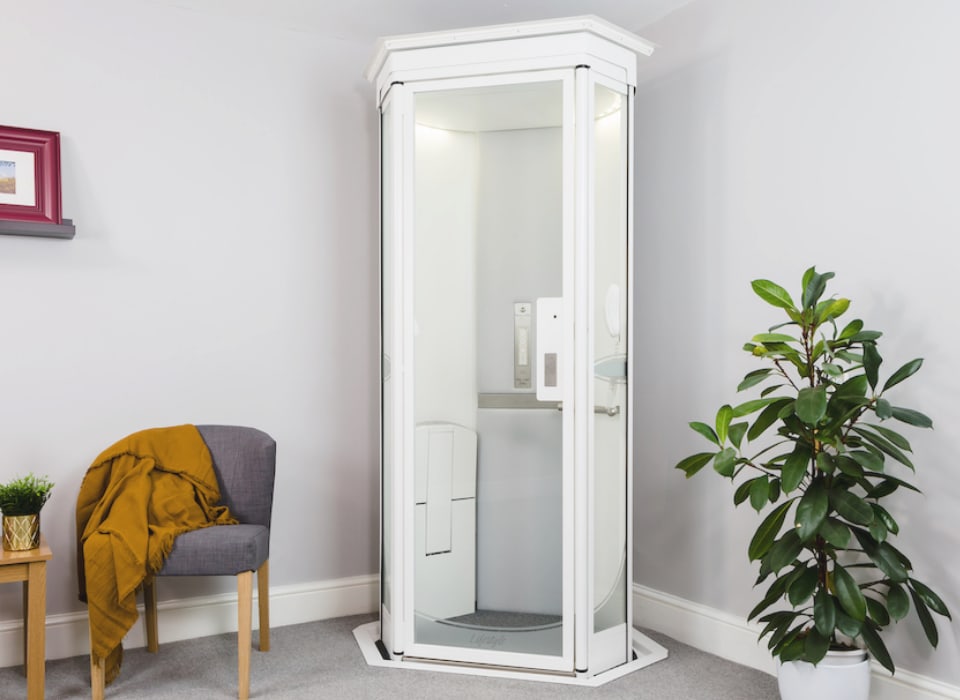London Lift Company: Offering Comprehensive Lift Solutions Across the Funding
London Lift Company: Offering Comprehensive Lift Solutions Across the Funding
Blog Article
Delving Into the Globe of Lifts: Common Issues Dealt With by Various Lift Mechanisms
As we navigate via the upright transportation systems of modern buildings, lifts stick out as an important component of our day-to-days live. However, behind their smooth procedure exists a world of intricate systems that can occasionally experience difficulties. From hydraulic elevators to traction systems and machine-room-less designs, each lift type features its set of typical problems. Understanding these difficulties is vital for making sure the smooth performance of these important systems. Let's check out the complexities that underlie the operation of elevators and the possible issues that can occur, clarifying the detailed internet of lift mechanisms.
Hydraulic Lifts
Hydraulic elevators, usually favored for low-rise buildings, utilize fluid pressure to manage the motion of the lift vehicle (lift repair companies). This system includes a hydraulic pump pushing oil right into a cylinder, triggering the elevator to relocate the preferred direction. While hydraulic elevators are recognized for their smooth and silent operation, they do come with their very own set of common issues
One common problem with hydraulic elevators is oil leakage. The seals in the hydraulic system can use out with time, resulting in oil infiltration. This not only creates a mess yet can additionally impact the elevator's performance if left unaddressed. In addition, concerns with the control system, such as defective shutoffs or a malfunctioning pump, can trigger disruptions in the elevator's motion.
Routine maintenance and timely repair work are necessary to make sure the smooth performance of hydraulic lifts. By resolving these typical concerns proactively, building proprietors can reduce downtime and make certain the safety and security and effectiveness of their upright transport system.
Traction Elevators
When taking into consideration vertical transportation systems in structures, one more typical type apart from hydraulic elevators is the traction lift. Grip elevators operate using a system of ropes and weights that move the lift car by gripping onto the hoist ropes. This mechanism permits for smoother and quicker upright transportation contrasted to hydraulic systems.
One of the common issues encountered by grip elevators is rope wear. The constant motion of the ropes within the traction system can bring about tear and use over time, possibly triggering the elevator to breakdown or become hazardous for use. Regular assessments and upkeep of the ropes are essential to make certain the elevator's appropriate performance and safety and security.
One more issue that traction lifts might experience is connected to the control system. Problems with the control system can bring about issues such as erratic activity, delays in reaction times, and even complete closures. Regular testing and upkeep of the control system are essential to prevent such concerns and guarantee the lift's dependability.
Machine-Room-Less (MRL) Lifts

Among the vital components of MRL elevators is the compact gearless traction device that is mounted within the hoistway. This equipment successfully drives the elevator cars and truck without the need for large devices located in traditional grip lifts. Additionally, MRL elevators generally make use of a weight system to balance the vehicle, more boosting their energy performance.
Regardless of their advantages, MRL elevators might face difficulties lift companies in London associated with repair and maintenance due to the constrained room for equipment setup. Availability for servicing elements within the shaft can be limited, needing specialized training for specialists. Proper maintenance routines and routine evaluations are important to ensure the continued smooth procedure of MRL lifts.
Overloading and Weight Limitation Issues
Overloading and weight limit problems are critical concerns in lift procedures. Lift manufacturers layout lifts with certain weight abilities to make certain passenger security and devices durability.
When elevators are strained, it puts too much strain on the electric motor, wires, and other components, potentially causing failures or breakdowns. Safety mechanisms such as sensing units and overload sensors are in location to prevent lifts from moving if they spot excess weight. Furthermore, surpassing weight limitations can bring about raised energy usage and damage on the lift system.
To mitigate overloading issues, developing managers need to plainly display weight restrictions in elevators and educate owners on the significance of adhering to these restrictions - lift repair companies. Routine upkeep checks by certified specialists can additionally help guarantee that lifts are running within risk-free weight criteria. By dealing with overloading and weight limitation concerns proactively, structure owners can enhance lift safety and security and efficiency
Electric System Failures
Surpassing weight limits in lifts can not just lead to mechanical concerns but likewise possibly contribute to electric system failures within the lift facilities. Electrical system failures are an essential concern in lift procedure, as london lift company they can create unanticipated shutdowns, breakdowns, or even safety and security risks.
Regular maintenance and assessments are essential to identify and deal with possible electric problems quickly, ensuring the safe and reliable operation of lift systems. By adhering to weight limits and conducting routine electrical system checks, building proprietors can reduce the risk of electrical failings in lifts.
Verdict

Hydraulic lifts, typically favored for low-rise structures, utilize fluid pressure to control the motion of the lift car.When thinking about vertical transport systems in structures, another common kind apart from hydraulic lifts is the traction elevator. Grip lifts operate utilizing a system of ropes and weights that relocate the lift auto by gripping onto the hoist ropes. Unlike conventional lifts that need a different equipment area to house the devices, MRL elevators incorporate many of the elements within the shaft, eliminating the demand for a specialized device space.In verdict, lifts deal with typical concerns such as hydraulic malfunctions, traction system failings, and electrical system problems.
Report this page